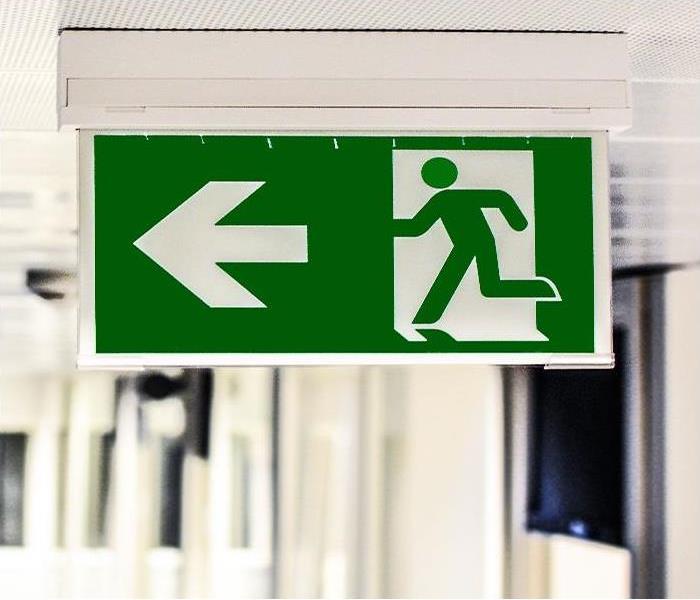5 Safety Tips for your Fire Escape Plan
10/22/2019 (Permalink)
October is Fire Prevention Month and our team at SERVPRO San Rafael/Sausalito have followed these safety tips shared by the National Fire Protection Association through this year’s National Fire Prevention Week campaign, “Not Every Hero Wears a Cape. Plan and Practice Your Escape!”
Please be safe and follow these tips so that you and your family can escape the fire safely.
- It is important to know the layout of your home. Make an escape plan by drawing a map that shows all your windows and doors, which could potentially be your exit strategy.
Fact: One-third of American households who made an estimate thought they would have at least 6 minutes before a fire becomes life threatening. Unfortunately, the time available could be as little as one to two minutes, according to Lorraine Carli, NFPA’s vice president of Outreach and Advocacy.
- Know at least two ways out of every room, if possible. Make sure all doors and windows leading outside can be easily opened.
Fact: A closed door may slow the spread of smoke, heat, and fire. Make sure to close all doors behind you when exiting a room. Also, check to make sure a door is not hot, that can be an indicator of a fire on the other side.
- Have an outside meeting place (like a tree, light pole or mailbox) a safe distance from the home where everyone should meet.
Fact: Escape planning and practice can help reduce the time to get everyone out. It is best to call the Fire Department when outside your home.
- Practice your escape plan during the day and night with everyone in your home at least twice a year using different ways out. Be extra mindful to teach children how to escape on their own in case you can’t help them.
Fact: While 71% of Americans have an escape plan in case of a fire, only 47% of those have practiced it.
- If the smoke alarm sounds, your first thought should be to get out. Never go back inside for people or pets.
Fact: Only 8% said that their first thought on hearing a smoke alarm would be to get out. Smoke inhalation is also very dangerous. If you need to go through smoke, get low and go under the smoke till you reach your way out.
For more information or resources regarding fire, electrical, or related hazards, please feel free to visit the National Fire Protection Association at https://www.nfpa.org/.






 24/7 Emergency Service
24/7 Emergency Service
